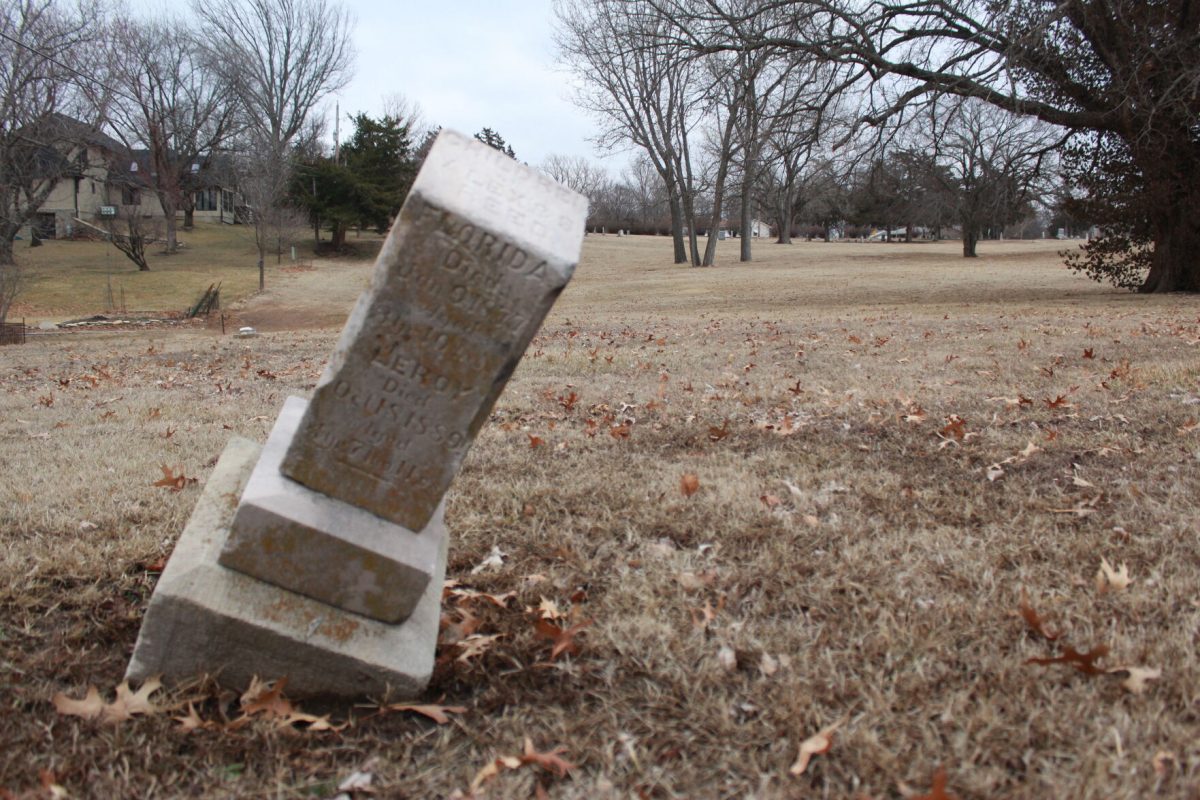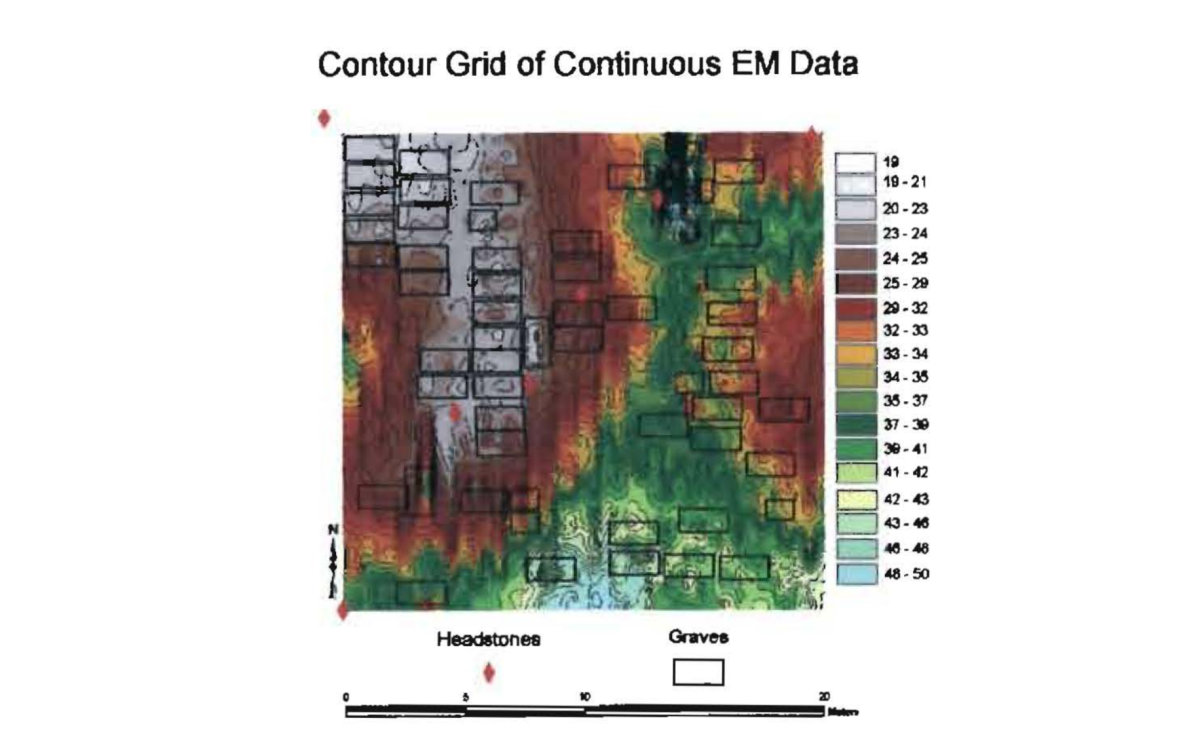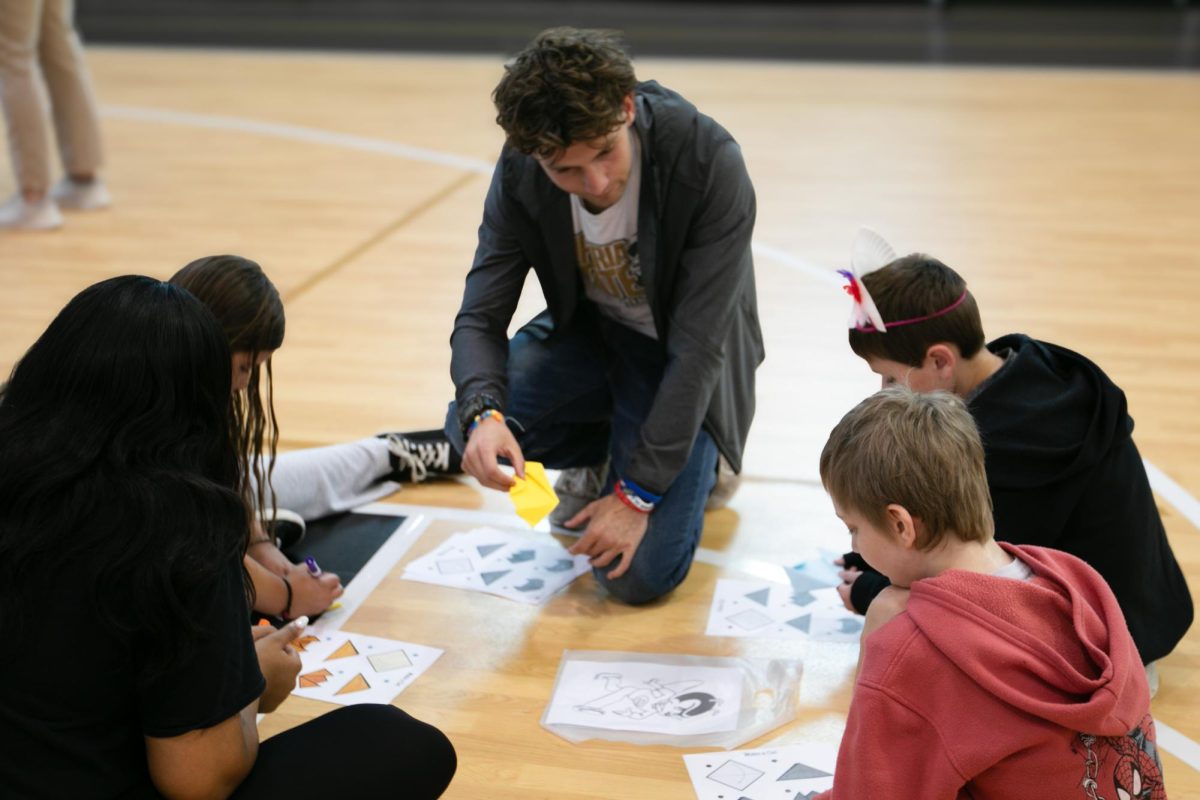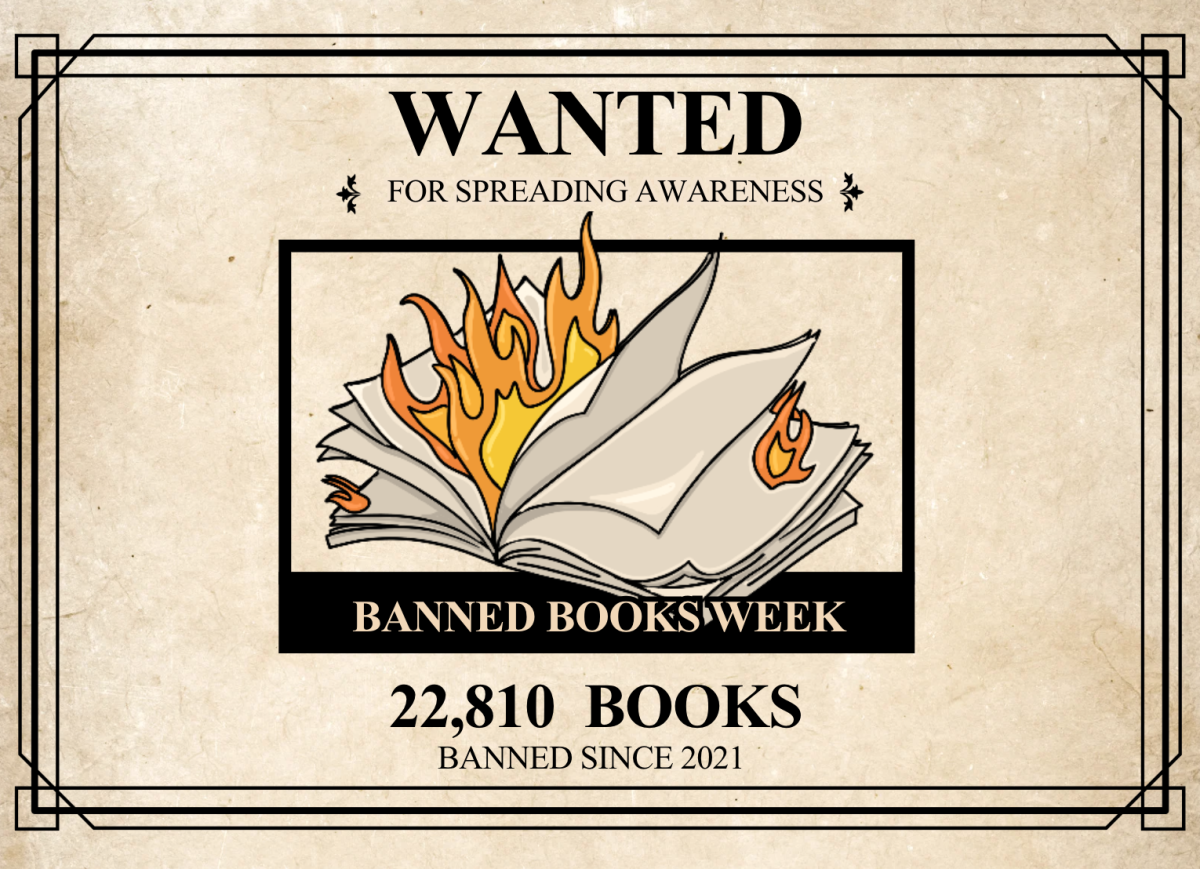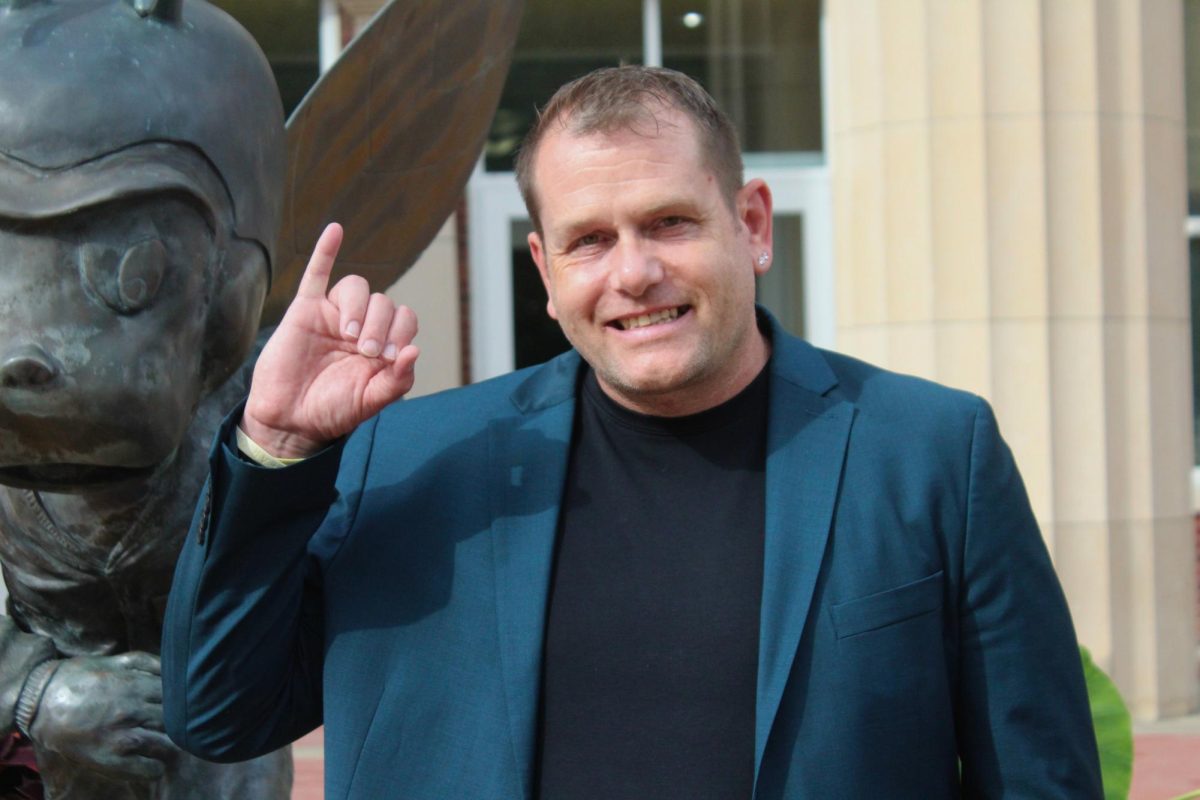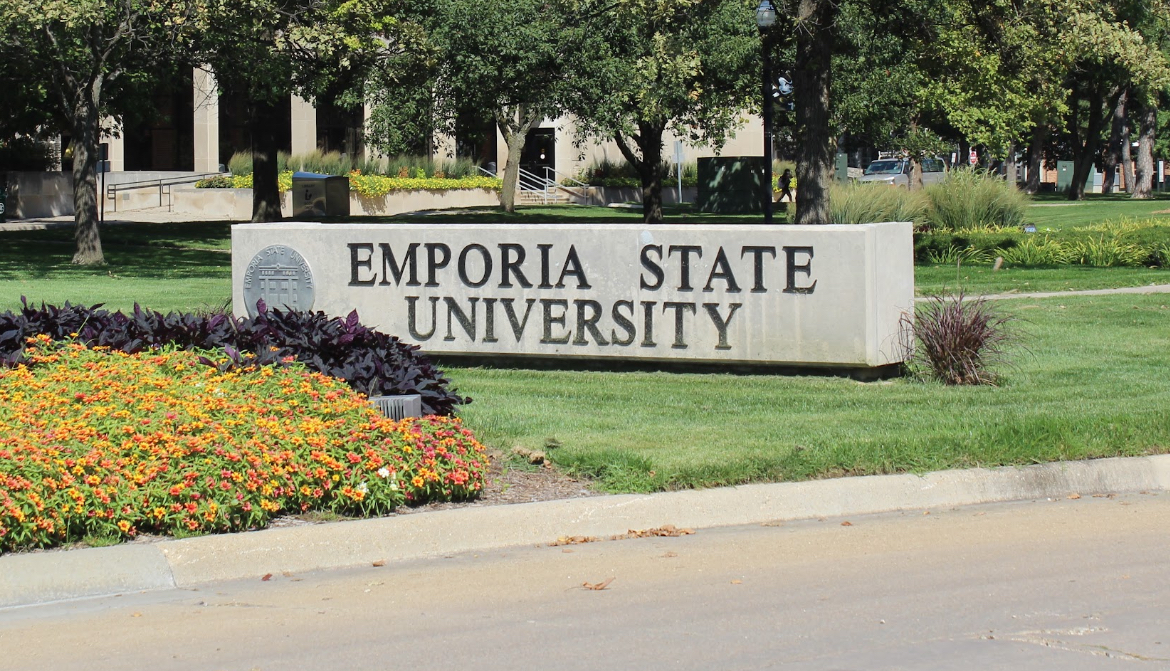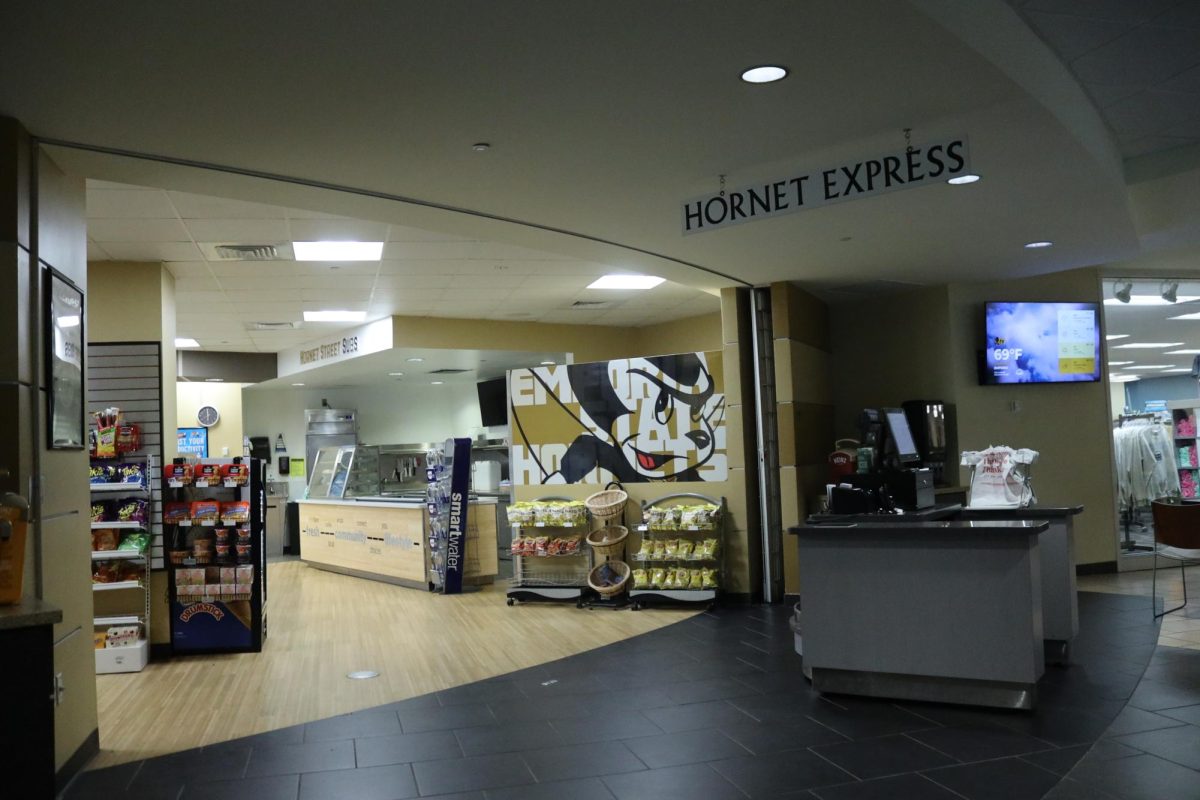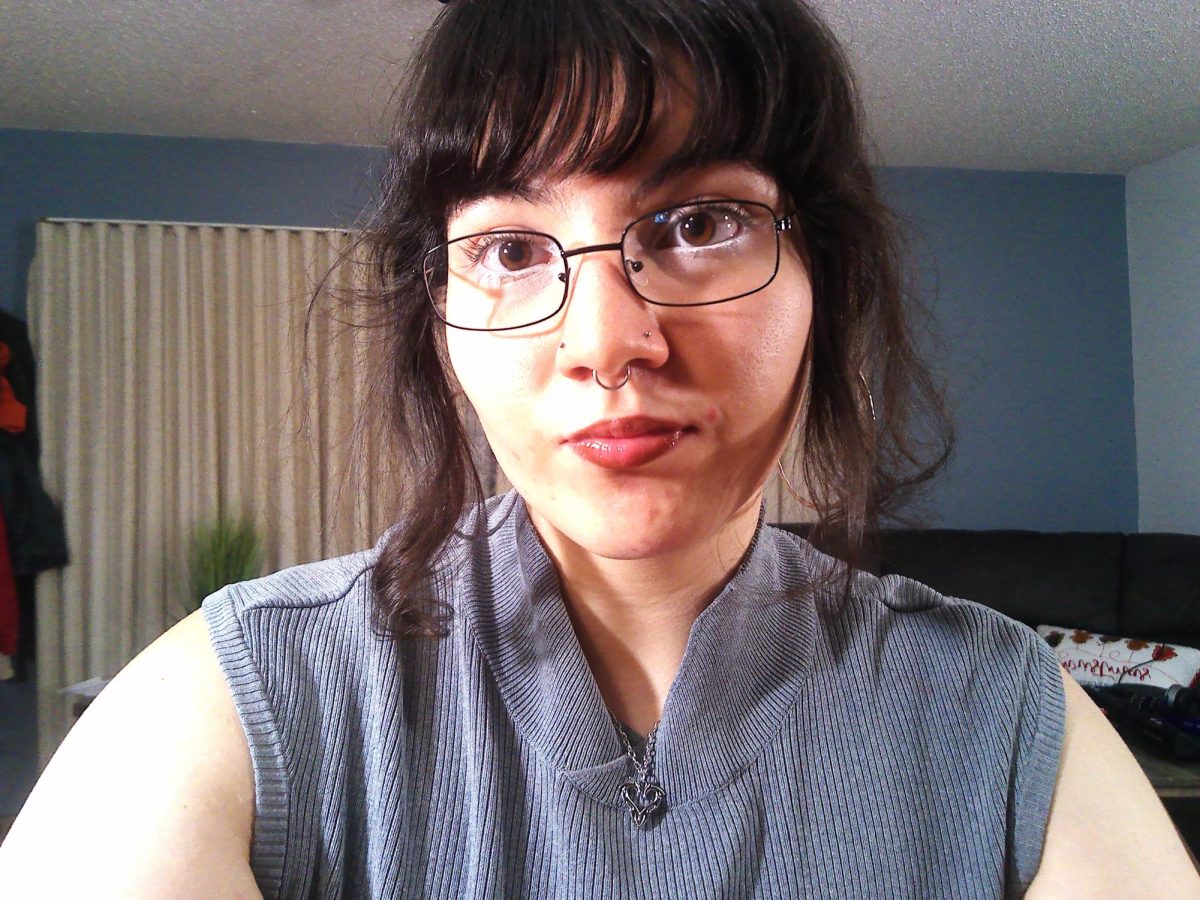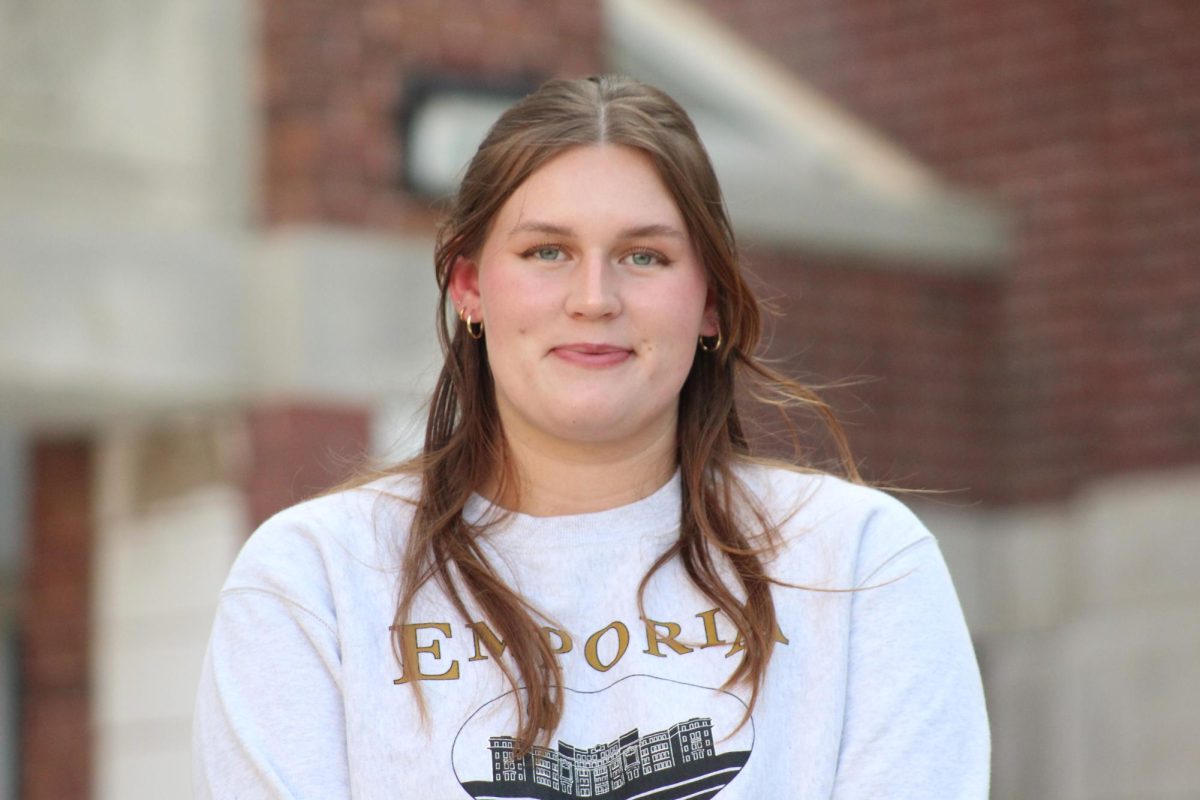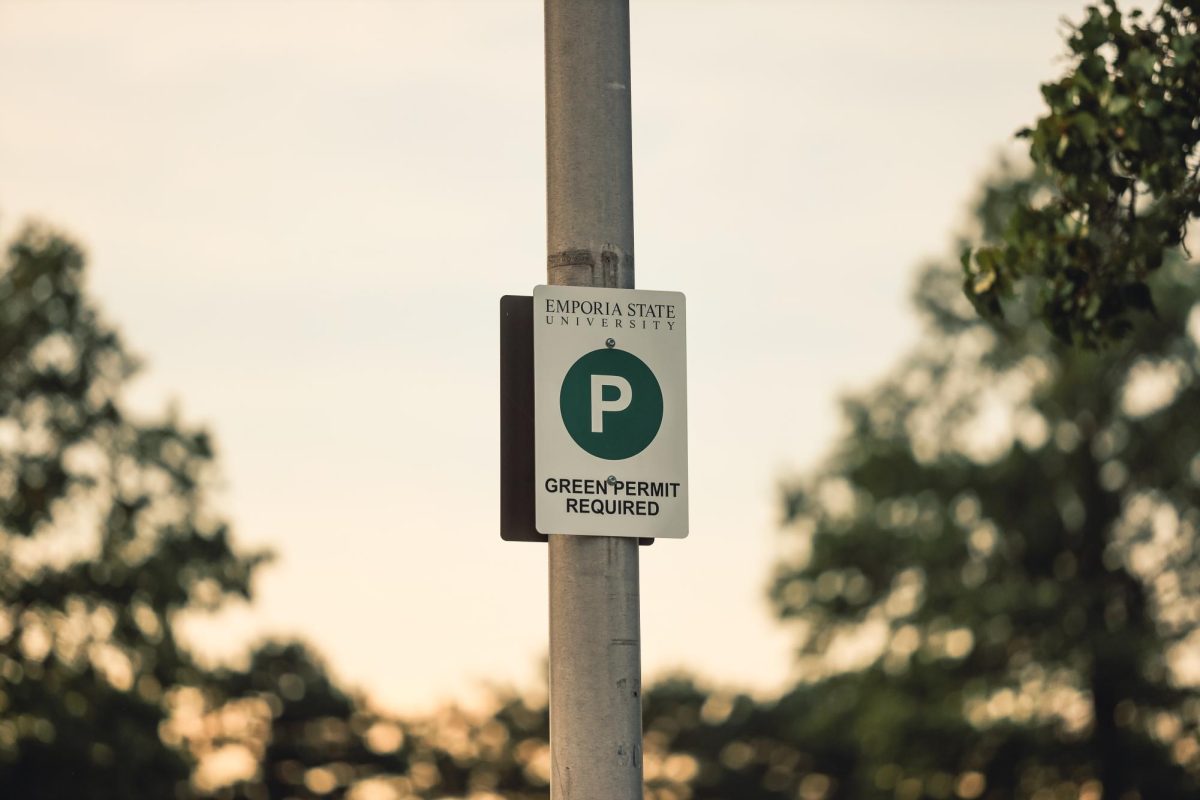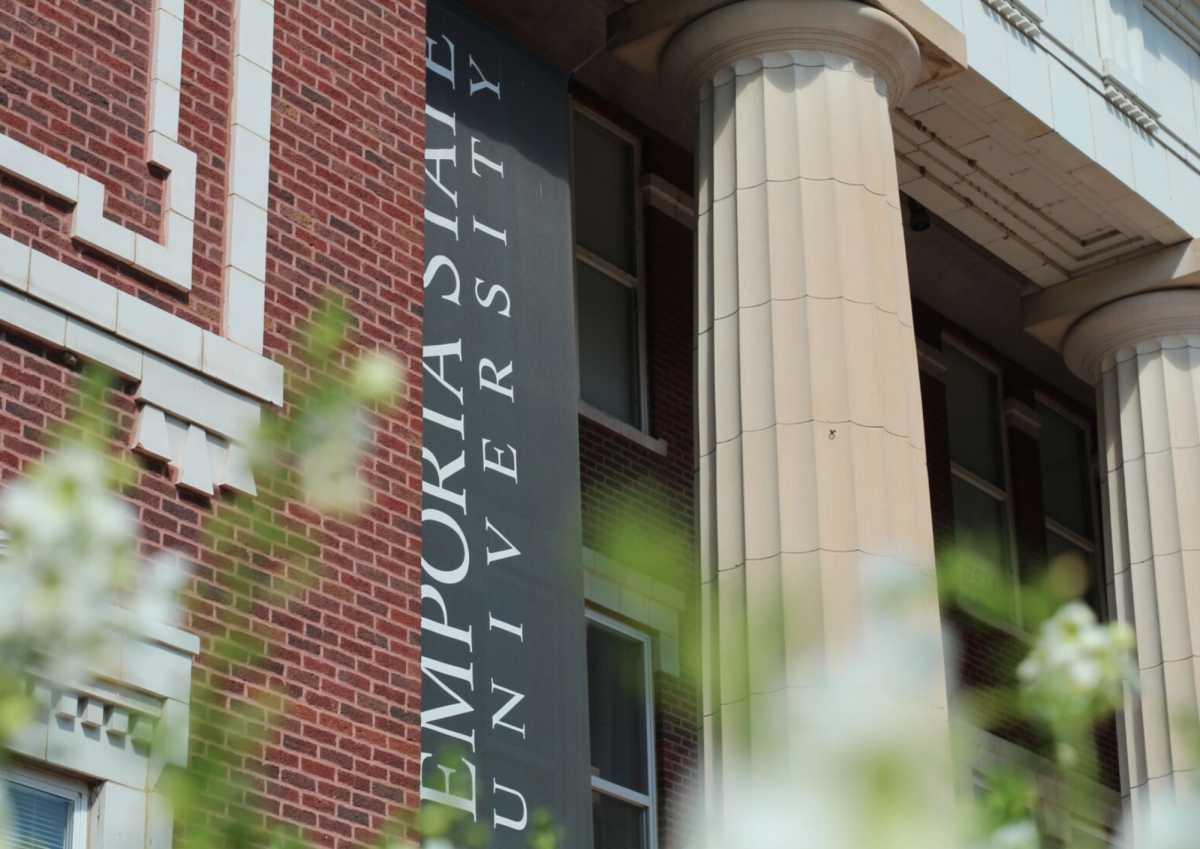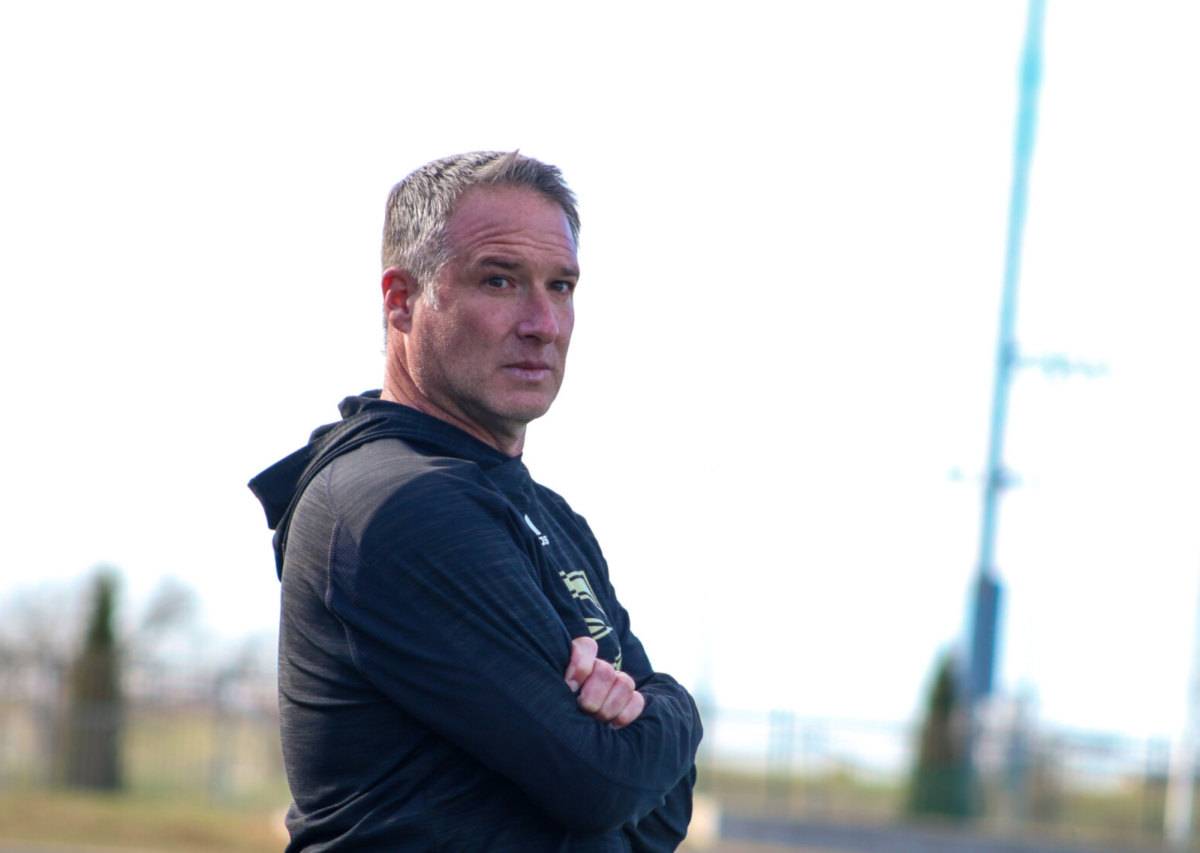It’s 36 degrees and sunny and Maplewood Memorial Lawn Cemetery is nearly silent on this Thursday in January, other than the sounds of birds chirping in the barren trees scattered around the 88 acres of tombstones.
It’s two days after snow hit Emporia, and the cemetery is covered in a blanket of melting slush that turns the gravelly dirt roads turn into wet mud.
In the main office, a large shelf has containers with signs above them advertising “pet vases.” Next to these are other objects used to bury animals, such as a white 1-foot-wide casket that resembles a small cooler. Behind the main desk is a nearly empty jar with a note on it asking for donations for potter’s field.
The term “potter’s field” has historically been used to describe “a public burial place for paupers, unknown persons, and criminals,” according to the Oxford Languages website.
Potter’s field here is located in block nine, down a snowy hill with no path to lead visitors. These tombstones differ from others in the cemetery as they are scattered around with no particular burial pattern like the ones around them.
But hundreds have no tombstone.
“I felt like they (those buried) wanted me to be there to find them,” said Elizabeth Wilson, a former Emporia State student who helped locate the field of the forgotten through her 2003 master’s thesis. She now runs her own consulting firm from her home in Bonner Springs, Kansas and is the founder of Tomb Geophysics.
In potter’s field, tombstones were not shiny or vertical like the others along the cemetery, but they were marked with faded names of those buried beneath them. Wilson’s work discovered the unmarked graves of approximately 711 people whose burial location were found by an Emporia State student in 2003.
Using an electromagnetic ground conductivity meter and kite aerial photography, Wilson published her thesis on how she used geophysical and remote-sensing technology to determine exactly how many bodies are buried in potter’s field. To explain how this works, she compares the earth to a “seven-layer salad.”
“Once you scoop a layer out of a seven-layer salad and you put it back in, it’s always going to be different,” Wilson said. “Soil, once it’s disturbed, is going to conduct electricity differently than soil that’s not disturbed.”
While doing her research in potter’s field, Wilson developed a personal connection to the area. So much so, that she would often visit the unmarked graves to leave flowers and say a prayer to those buried. While this seemed odd to many, for her it was something she was exposed to at a young age.
“I also grew up in a lot of cemeteries too,” Wilson said. “My dad did a lot of genealogy and I think that most of our summer vacations were going to cemeteries… so I was already a cemetery girl anyway.”
Until Wilson’s work, the cemetery had no way of knowing the exact location of these graves. Following the completion of her thesis, Wilson had the chance to work with many prominent cemeteries in the country, including her dream job at Arlington National Cemetery, the U.S. Army cemetery in Virginia.
“I went from locating 700 graves at potter’s field to 15,000 at Arlington National Cemetery,” Wilson said. “So it was very much a dream come true.”
Since her thesis, Maplewood Memorial Lawn has been trying to raise funds for potter’s field. Their goal is to create a memorial with all the names of those buried in the area. They’ve been raising funds since 2001, according to cemetery manager Brenda Stevenson.
“You think about it a lot when you’re out riding a mower because you don’t have a lot else to do other than looking at headstones,” Stevenson said. “Those people lived and walked and had families just like we do.”
Granite is priced based on size and color. Just one upright marker is “a couple thousand dollars,” according to Stevenson. Unfortunately, they are nowhere near reaching this goal.Wilson supports the memorial and describes how she felt an “unusual warmth” during her time working in potter’s field.
“I know that if they (those buried) could have a memorial that’s what they would want.” Wilson said. “It makes me want to cry.”
For those interested in donating, Maplewood Memorial Lawn’s Website recommends marking it with Attention: Potter’s Field and sending it to Maplewood & Memorial Lawn Cemeteries, 2000 Prairie, Emporia, Kansas, 66801.
Editor’s note: A slightly different version of this story was published in print 2/16.

